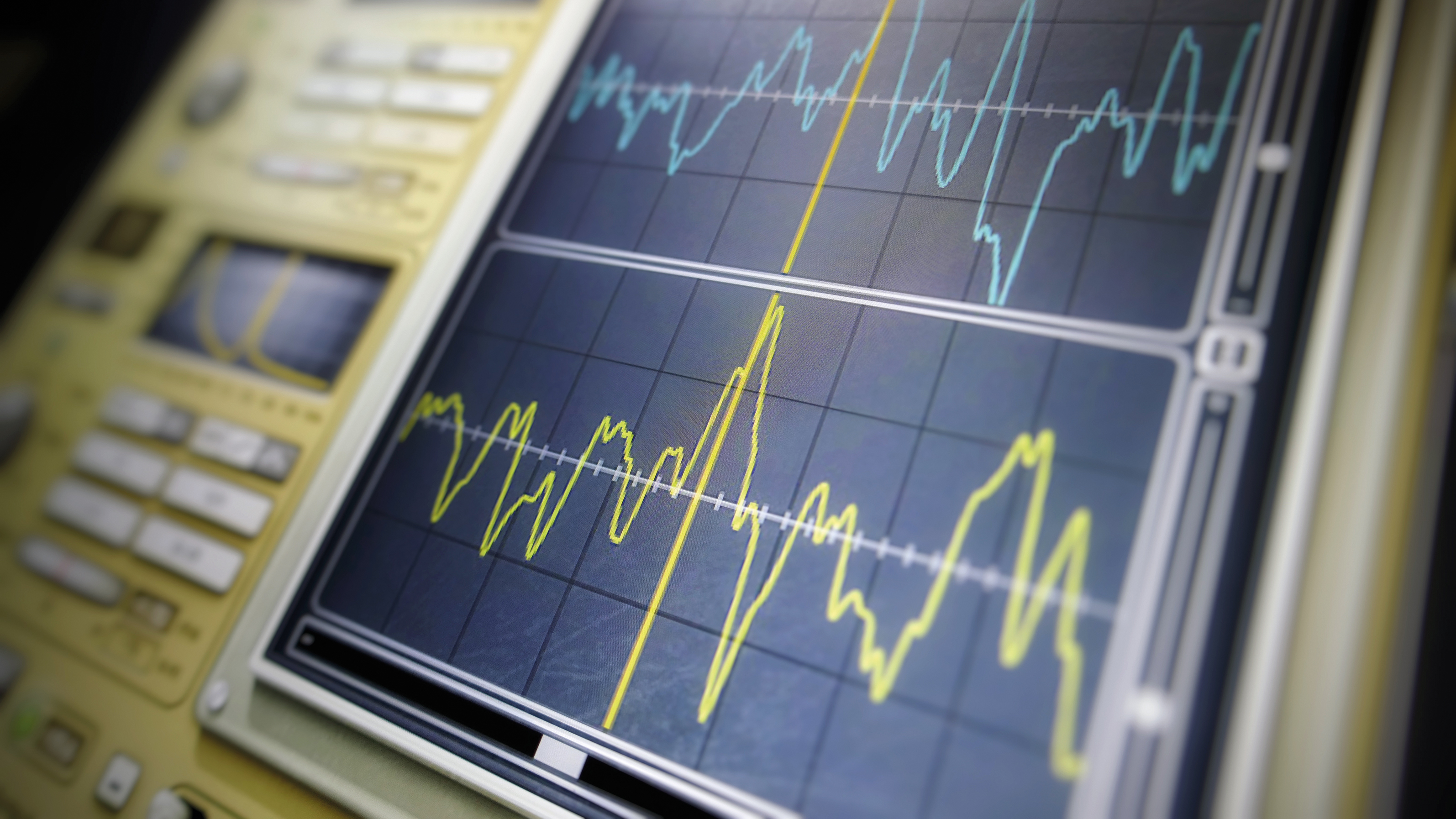
Two waves are often referred to as being ‘out of phase’ if their peaks and troughs aren’t perfectly aligned, but the most important implication from a production perspective occurs when the waves are 180º out of phase, meaning their amplitudes are identical in magnitude but one is positive and one is negative.
Take the example of two waveforms which are identical in terms of frequency/wavelength but 180º out of phase with each other. At any given moment, their amplitudes will add up to zero – and the result will be silence. Likewise, the sum of two identical signals which are out of phase by 90º or 270º will be lower than the sum of two in-phase waves, weakening the combined amplitude.
Of course, this sine wave theorising is all well and good in a physics lab but we’re rarely dealing with pure sine waves when we make music. Any additional harmonic content in a waveform means that the waveform is no longer a perfect sine curve, so things start to get more complex.
It’s rarely a case of simply adding together two waves of the same frequency (although this situation does occur). Things start to get much more complicated when we look at waveforms which aren’t identical in terms of amplitude and frequency but the same basic rules apply: if we mix together two signals which contain similar cyclical waveforms, there will be some degree of phase interaction.
In certain cases, we need to be careful to ensure that elements of our tracks don’t go out of phase with each other, leading to potentially damaging results.
Fixing phase issues
Phase is a particular issue when working with multi-miked sources – for example, a DI and miked amp signal, or when recording an acoustic guitar in stereo using two mics. Record a source sound using multiple mics – say, one close-miked and one further away – and the signal will reach the closer mic before it reaches the second.
When these recordings are played together, the time delay and phase inconsistencies between waveforms can result in phase cancellation in some frequency areas and phase reinforcement in others.
There are several solutions to phase problems like this, and we’ll take a look at three of them below.
1. Shift time
The simplest fix is to zoom in on the delayed waveform and drag it back or forward on the timeline by a few milliseconds to align its peaks and troughs with the first. Alternatively, use a basic delay plugin to do the same thing.
2. Polarity flip
Another common fix is to shift one of the waveforms in time until maximum phase cancellation occurs. Once the signal reaches its most ‘hollow’ or ‘weak’ point, flip the polarity of one of the signals by 180 degrees, for the strongest phase relationship between the two.
3. Dedicated tool
If you find that the previous two techniques aren’t quite doing the trick for you, you can shift one signal’s phase more precisely (in degree increments) by employing a dedicated phase-alignment plugin.







